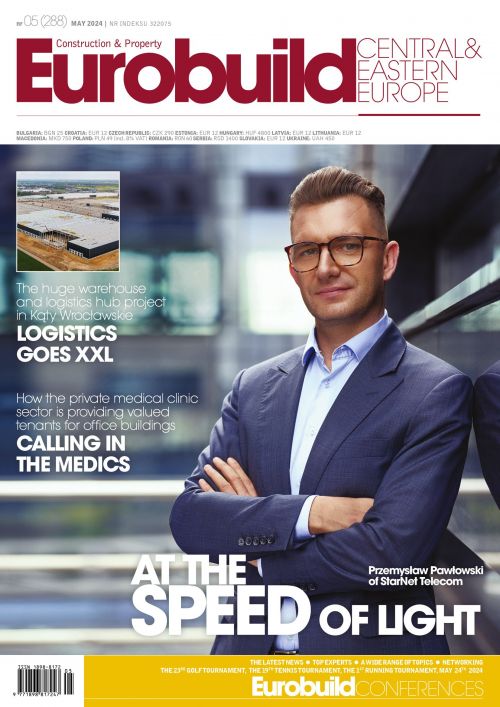Let’s start with children’s play areas and kiddy corners. These are now a permanent feature of large shopping centres and their property managers are constantly trying to improve them. They are places where you can leave your kids in a play area under professional care and finish off your shopping instead of dragging them unwillingly around all the shops. In a kiddy corner, children can draw, play with toys or watch cartoons. And they can act as a superb draw for parents with young children, as the owners of such centres know very well. For example, Greenman Poland has over the last five years built up a portfolio of convenience centres – Nowe Czyżyny (in Kraków), Nowe Bielawy (Toruń) and Nowa Górna (Łódź) – and in each of them it has set up a relaxation area and a play area. You can also find kiddy corners in individual stores, generally large drug stores and supermarkets. But now it seems that such amenities for children are making their debuts in retai































































